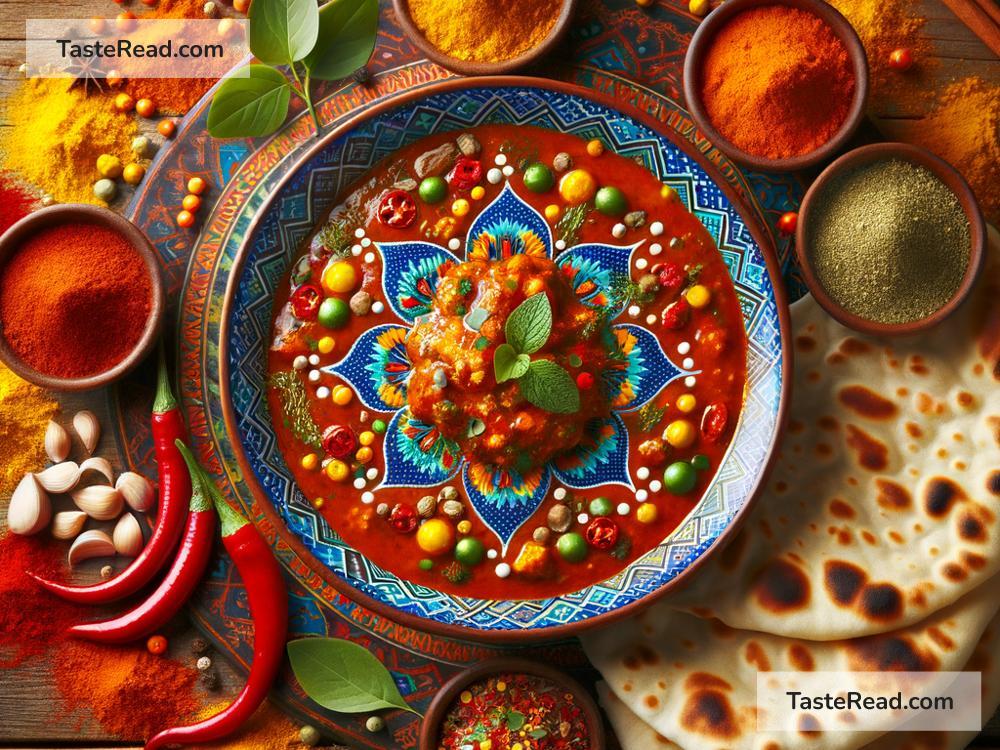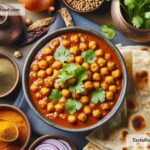The Cultural Significance of the Indian Curry
Indian curry is more than just a popular dish—it is a symbol of India’s food culture and an important part of the country’s identity. It’s loved around the world for its rich flavors, colorful appearance, and variety. But beyond its taste, curry carries history, tradition, and cultural meaning that makes it special to millions of people.
What Is Indian Curry?
Before we explore its cultural significance, let’s first understand what curry is. Curry is not one specific dish but rather a category of foods that includes a mixture of spices cooked with vegetables, lentils, or meat. It often has a thick sauce and is eaten with bread like naan or roti, or rice. The word “curry” was popularized by British colonizers but is based on the Tamil word kari, which means “sauce.”
Indian curry can be mild or extremely spicy, depending on the recipe and region. It uses spices like turmeric, cumin, coriander, cardamom, cloves, and cinnamon, along with fresh ingredients like ginger and garlic. These flavors come together in unique ways, creating dishes that taste different in every household and every state in India.
Curry and Indian Culture
Curry is deeply connected to India’s history, geography, and diversity. India is known for being a land of many cultures, religions, and languages, and the same can be said about its food. Curry dishes vary from region to region, showcasing the country’s rich diversity.
For example, in the northern regions like Punjab, curries tend to be richer and creamier, using dairy products like yogurt or cream. Famous dishes like butter chicken and paneer tikka masala come from this area. In contrast, southern regions like Kerala and Tamil Nadu are known for curries that are spicier and often use coconut milk, curry leaves, and tamarind. Dishes like fish curry and sambhar are popular in the south. In western India, Rajasthan is famous for curries that use dried spices and less water, while Bengal in the east is known for seafood curries like prawn malai curry.
This regional variation reflects the differing climates, natural resources, and cultural habits of each part of India. Curry has the unique ability to adapt to local ingredients while still maintaining its core identity.
Family and Tradition
Curry plays a big role in family traditions and home cooking in India. Every family has their own way of making curry, using their own blend of spices called masalas. These recipes are often passed down through generations, creating a sense of connection and pride. Many families even make their own spice mixes at home instead of buying them from markets.
In Indian households, eating curry often means gathering around the table and enjoying a meal together. Food is seen as a way to bring people together, and curry often takes center stage in this experience. During festivals, weddings, or special occasions, curries are part of elaborate meals that symbolize love and hospitality.
Curry and Religion
Curry is also connected to religion. In India, food follows religious guidelines based on Hinduism, Islam, Jainism, and other beliefs. For example, many Hindu families are vegetarian and prepare curries using vegetables, lentils, or paneer. In Muslim households, curries might feature chicken, lamb, or beef prepared according to halal practices. Jain families, who avoid root vegetables, might focus on pumpkin or green peas curries.
This connection between food and religion adds an extra layer of spiritual meaning to curry. Preparing and eating these dishes is often considered an act of devotion, and ingredients are chosen with care and respect.
Curry and the World
Indian curry has not only shaped Indian culture but also influenced cuisines around the globe. When British colonizers came to India in the 18th century, they developed a taste for curry and brought it back to England. Over time, curry became a beloved dish in the UK, where adaptations like “chicken tikka masala” were created.
Beyond Britain, Indian migrants took curry with them wherever they moved. Today, you’ll find Indian curry in the United States, Canada, Australia, and South Africa, often modified to suit local tastes. In Southeast Asia, countries like Malaysia and Thailand have their own curries that are inspired by Indian spices.
The popularity of curry around the world is a reflection of its universal appeal. It brings people closer to Indian culture and introduces them to the flavors and stories of the country.
Curry as a Symbol of India
For many Indians, curry is not just food—it is a reminder of who they are and where they come from. It is a joyful, communal experience shared with family and friends. The preparation of curry, with its colorful spices and comforting aroma, has an almost magical quality that represents home, love, and tradition.
In a rapidly modernizing world, curry serves as a link to the past, helping people stay connected to their roots. It highlights India’s diversity, history, and sense of unity. Whether you enjoy a spicy curry at home, a creamy curry at a restaurant, or a bowl of curry abroad, every bite tells a story about Indian culture and its journey through time.
Conclusion
The Indian curry is much more than a dish; it is a cultural treasure. It represents India’s diversity, richness, and warmth. From the family kitchens of rural villages to fancy restaurants in big cities, curry continues to be a significant part of daily life in India and beyond. So, the next time you enjoy a plate of curry, remember that you are tasting centuries of tradition, history, and love in every bite.


